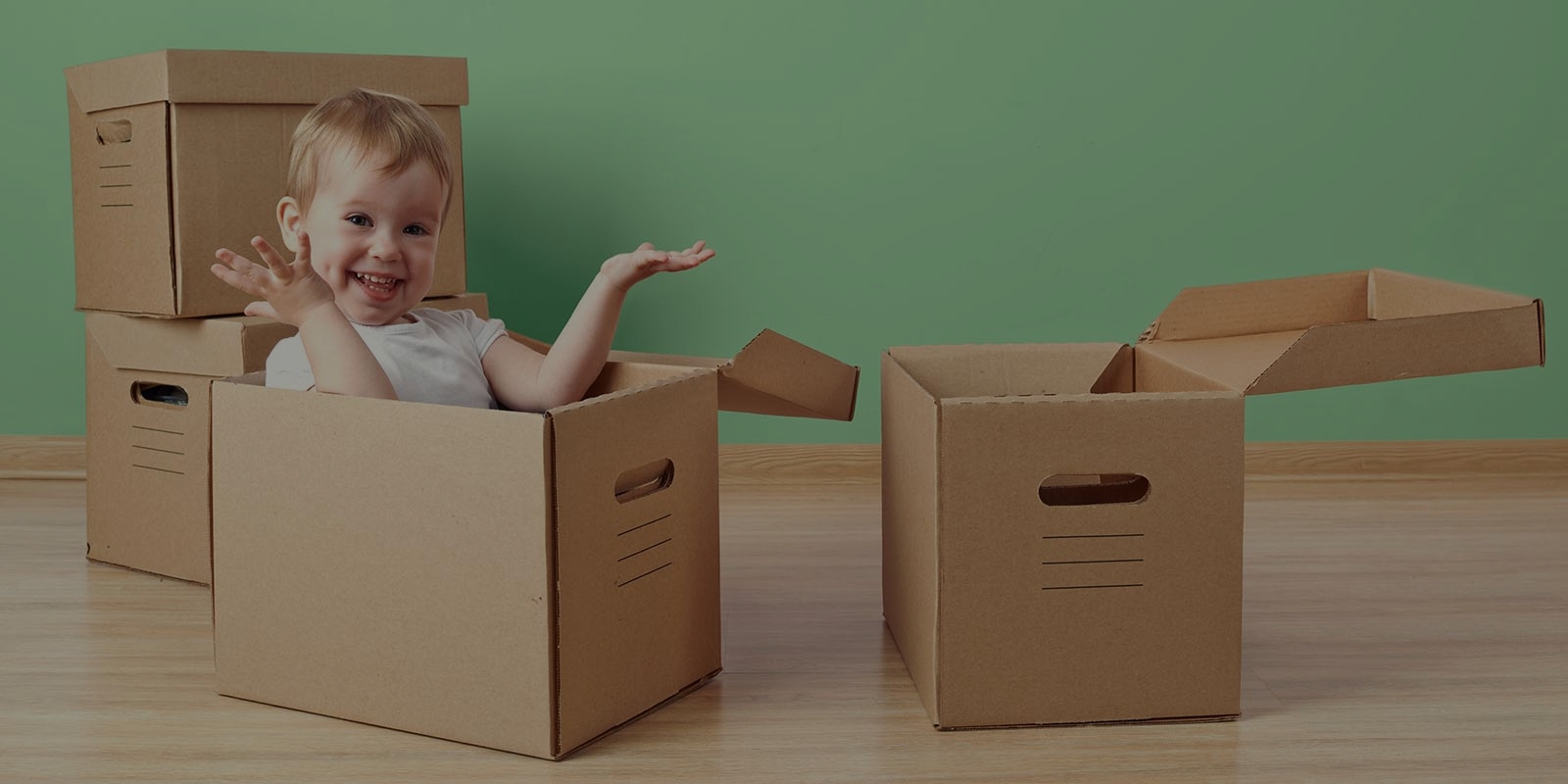Exploring the Complexities of Piano Transportation
Posted on 15/06/2025
Exploring the Complexities of Piano Transportation
Pianos are not just musical instruments; they are delicate masterpieces of craftsmanship and history. Transporting a piano from one location to another involves much more than muscle and a moving truck. This comprehensive guide delves deep into the complexities of piano transportation, spotlighting the best practices, hidden challenges, and expert solutions involved in ensuring these majestic instruments arrive safely at their new home.

The Unique Nature of Piano Moving
Moving a piano is a specialized task, far removed from standard furniture hauling. Each type of piano--be it a grand, baby grand, upright, or digital--presents its own transportation challenges. The weight, shape, and delicate internal mechanisms demand knowledgeable handling and tailored solutions.
Why Are Pianos So Difficult to Move?
- Unusual Weight Distribution: Pianos can weigh anywhere from 300 to over 1,200 pounds. Their weight isn't evenly distributed, making balance critical.
- Fragile Components: With thousands of delicate moving parts, including strings, hammers, and keys, a piano is susceptible to even slight jolts.
- Irreplaceable Value: Many pianos are family heirlooms or valuable antiques, adding to the pressure of achieving a damage-free move.
Understanding these factors is the first step in preparing for successful piano transport.
Piano Transportation: Types of Pianos and Their Challenges
Upright Pianos
Upright pianos are more space-efficient, standing vertically against a wall. However, their tall frames and narrow footprints necessitate careful navigation through doors and hallways during transport. Their vertical strings and action mechanisms can be easily knocked out of alignment by improper handling or sudden motions.
Grand and Baby Grand Pianos
Grand pianos are revered for their aesthetics and acoustics, but their distinctive curves, sprawling legs, and massive soundboards make them a logistical challenge. Moving a grand often requires partial disassembly--removing the legs, pedals, and lyre--to provide safe passage through tight spaces and to prevent catastrophic damage.
Digital Pianos
Though generally lighter and more resilient, high-end digital pianos still carry expensive electronics and sensitive keyboards. A careless drop can cause irreversible damage to the internal systems and proprietary wiring, making careful packing and transport essential.
The Intricacies of Piano Moving Preparation
Preparation is the foundation of any successful piano moving experience. Thorough planning minimizes risks and streamlines every step of the process. Here's how seasoned piano movers prepare:
- Comprehensive Assessment: Measuring doorways, staircases, and entry points to determine the route with the least risk and minimal disassembly.
- Assessment of Environment: Identifying obstacles such as uneven floors, narrow passages, or outdoor elements (rain, snow, heat).
- Securing the Right Equipment: Equipping the move with piano dollies, heavy-duty straps, moving blankets, and, for grand pianos, special boards ("skid boards").
- Team Assembly: Moving a piano requires a coordinated team familiar with the instrument's vulnerabilities and the physics of safe lifting and maneuvering.
Step-by-Step Guide to Professional Piano Moving
1. Dismantling When Needed
With some pianos, especially grand and baby grands, partial disassembly is necessary. Professionals remove the lid, pedals, and legs carefully, keeping all hardware organized and padded. Dismantling must be done with precision to prevent unnecessary strain or stress on delicate joints and connections.
2. Securing and Wrapping
Pianos must be wrapped in thick, protective blankets and shrink wrap to shield the finish and guard the intricate inner mechanisms. Taping moving blankets securely ensures no exposed surfaces remain vulnerable to bumps or scrapes during transportation.
3. Lifting the Piano Safely
Proper lifting techniques use leverage and coordinated strength--not brute force. Heavy-duty straps distribute weight among the team, while a piano dolly enables careful movement across flat surfaces. Special attention is paid to balance, preventing the piano from toppling or twisting unexpectedly.
4. Navigating Obstacles
Common obstacles such as stairs, narrow corridors, and tight corners require expertise. For stairs, ramps and additional manpower are employed, sometimes even hoisting the piano externally if indoor navigation is impossible.
5. Placement and Reassembly
Upon arrival, the piano is gently set into place, reassembled (if necessary), and thoroughly inspected for any signs of damage or wear and tear. Tuning is often advised after the move, as the instrument's journey can disrupt its acoustical harmony.
The Risks of DIY Piano Transportation
While DIY piano moving may seem tempting as a cost-saving measure, the risks far outweigh the benefits. Pianos are not only expensive to replace but also can cause serious injury if not handled properly. Here are the main hazards:
- Physical Injury: The sheer weight and awkward size can cause back injuries, crushed fingers, or worse.
- Damage to the Piano: Mishandling can lead to broken legs, cracked soundboards, compromised string tension, or cosmetic damage.
- Damage to Property: Walls, floors, stair railings, and doors are frequent victims of ill-planned piano moves.
- Lack of Insurance: Professional movers carry insurance and guarantees. DIY movers rarely have coverage for accidental damages.
For those committed to safeguarding their instrument--and themselves--professional piano transportation is the only wise choice.
Expert Tips for Successful Piano Transportation
For readers seeking actionable advice, here are essential tips drawn from industry professionals specializing in piano moving:
- Always Measure Twice: Confirm that the destination space and all pathways can comfortably accommodate the piano, avoiding last-minute surprises.
- Invest in Professional Help: Choose companies with proven experience, references, and comprehensive insurance coverage.
- Use Climate-Controlled Vehicles: Extreme temperatures and humidity can harm a piano's wood, glue joints, and felt. Climate control protects structural integrity.
- Allow the Piano to Rest: After a long-distance move, let the piano acclimate to the new environment before tuning or playing.
- Schedule a Professional Tuning: Transportation can affect the tuning stability; plan for a qualified technician to tune and inspect the instrument post-move.
Piano Shipping: Local versus Long-Distance Transportation
Local Piano Moves
Local relocations often involve fewer logistics, but any move still poses risks. Immediate access to professional movers, shorter travel times, and easier troubleshooting offer some advantages. However, the process--preparation, packing, and reassembly--remains just as critical.
Long-Distance and Cross-Country Piano Transport
For interstate or long-haul shipping, additional layers of complexity appear:
- Climate and Altitude Considerations: Multiple climate zones can induce expansion, contraction, or warping.
- Vibration and Shock: Extended travel time exposes the instrument to road vibrations and shocks that can misalign internal parts.
- Custom Crating and Packing: For prized or antique pianos, custom-built wooden crates can provide maximum protection against impact or environmental threats.
With long-distance piano shipping, choosing an experienced company with nationwide coverage and expertise is paramount.
Understanding Piano Moving Insurance
The value and vulnerability of pianos demand adequate insurance coverage during transportation. Renowned piano movers will offer specific insurance policies--often called valuation coverage--to protect your investment. Here's what to look for:
- Declared Value Protection: Covers the piano up to its appraised market or replacement value.
- Cargo and Liability Insurance: Protects both the instrument and movers in case of accidents or unforeseen events.
- Detailed Moving Contracts: Ensure every stage of the piano moving process is documented for accountability and claims.
Never assume your homeowners' policy will cover piano moving incidents--always verify your mover's insurance in advance.
Common Myths about Piano Transportation
Several myths surround piano moving, leading to avoidable mistakes:
- "All Movers are Qualified to Move Pianos": General movers lack the specialized training for piano care.
- "Upright Pianos Are Easy to Move": Their top-heavy design makes them tricky and potentially risky.
- "Pianos Don't Need to Acclimate": Temperature shifts can seriously affect tuning stability and materials.
- "Any Truck Will Do": Only climate-controlled vehicles are safe for extended journeys.
Busting these myths is vital for all piano owners planning a relocation.

The Importance of Post-Move Care
After your piano arrives, extra care ensures it settles in and continues to perform at its best. Here's what you should do:
- Inspect for External and Internal Damage: Look for scratches, loose fittings, or odd sounds.
- Let the Piano Acclimate: Give the instrument time (typically one to two weeks) to adjust to its new environment.
- Arrange for Tuning and Maintenance: Schedule a visit from a registered piano technician for tuning, inspection, and cleaning.
Conclusion: Trust the Experts With Your Piano
Transporting a piano is an art and a science. From its intricate inner workings to its significant sentimental and financial value, every aspect of piano moving necessitates expert attention and care. Choosing an experienced, insured, and specialized piano transportation service is the best way to ensure your cherished instrument arrives safe, sound, and ready to be enjoyed for generations to come.
Whether you're relocating across the city or the country, understanding the many layers of piano transportation prepares you for a smooth, stress-free process. Trust the professionals; your piano deserves nothing less.







